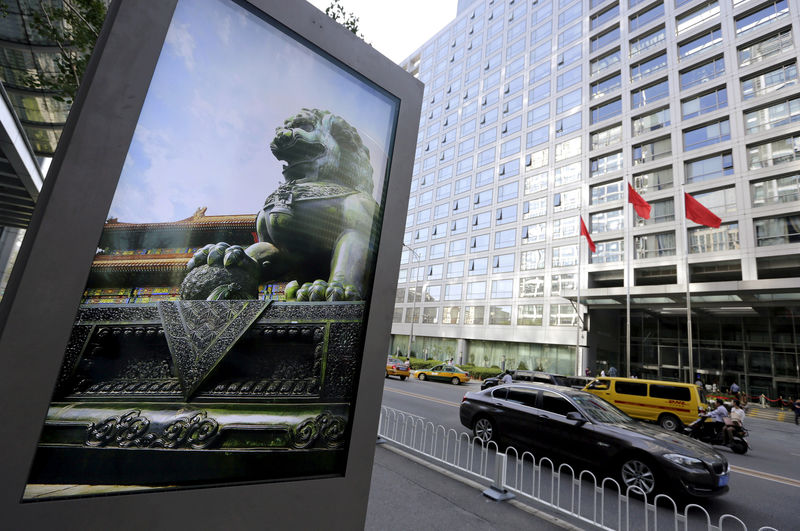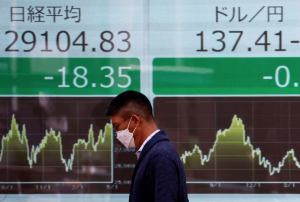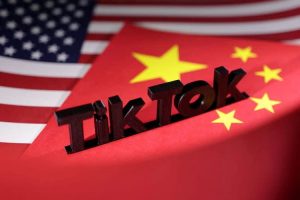New rules making it easier for international investors to trade in China’s booming capital markets have come into force, adding momentum to Beijing’s sweeping liberalisation of its financial system.
The measures, which went into effect on Sunday, update the official schemes that govern foreign access to the country’s enormous capital markets.
They allow much greater access to China’s onshore futures markets, an important tool in hedging stock market positions as well as for speculating on price movements. Foreign investors will also be able to lend out their holdings of shares that trade in Shanghai and Shenzhen, allowing others to use them to take bearish positions.
The move is the latest step in the opening up of China’s vast but tightly-controlled financial markets, a process through which the country is forging closer ties with Wall Street despite rising geopolitical tensions with the US.
The new rules, which combine the existing Qualified Foreign Institutional Investor schemes, are designed to simplify and speed up the process through which international investors apply to access Chinese markets, as well as removing constraints on the size of positions they can take.
China’s $10tn stock market
“If you’re any financial institution, a fund manager big or small, China is now an open market to you,” said Fraser Howie, an independent analyst and expert on the country’s financial system. “It really is a high point of openness and capital market development [for China].”
China has for the last two decades permitted foreign investors to access its onshore equity markets via the QFII scheme, as well as a stock connect programme launched in Hong Kong in 2014.
But Beijing’s appetite for financial reform has gathered pace this year at a time when foreign money has flooded into an economy recovering strongly from the coronavirus pandemic.
Chinese stocks hit a record high value of more than $10tn in October and foreigners own their biggest ever share of the country’s bond market. In September, Chinese treasuries were added to one of the world’s most important bond indices, paving the way for an estimated $140bn of inflows.
Beijing deepens US ties despite geopolitical rivalry
The China Securities Regulatory Commission said the new rules, which were first announced in September, would “expand the scope of investment” in the country.
Kinger Lau, chief China equity strategist at Goldman Sachs, said an improved ability to hedge was “one of the very important preconditions for people to scale up their exposure in the market”.
The rules coincide with the conclusion of talks in Beijing over China’s 14th five-year plan last week, which emphasised a need for “self-sufficiency” in technology sectors dominated by the US. A feud between Beijing and Washington over trade and access to cutting-edge technologies has contrasted with Chinese moves to open its markets to foreign investors.
“Maybe the tensions between US and China, or the pressures coming aboard, could be a catalyst for the Chinese authorities or regulators to do more reforms,” Mr Lau added. “You have to reform and you have to open up to counteract all these external challenges”.
(Additional reporting by Wang Xueqiao of Reuters)
READ MORE:
























